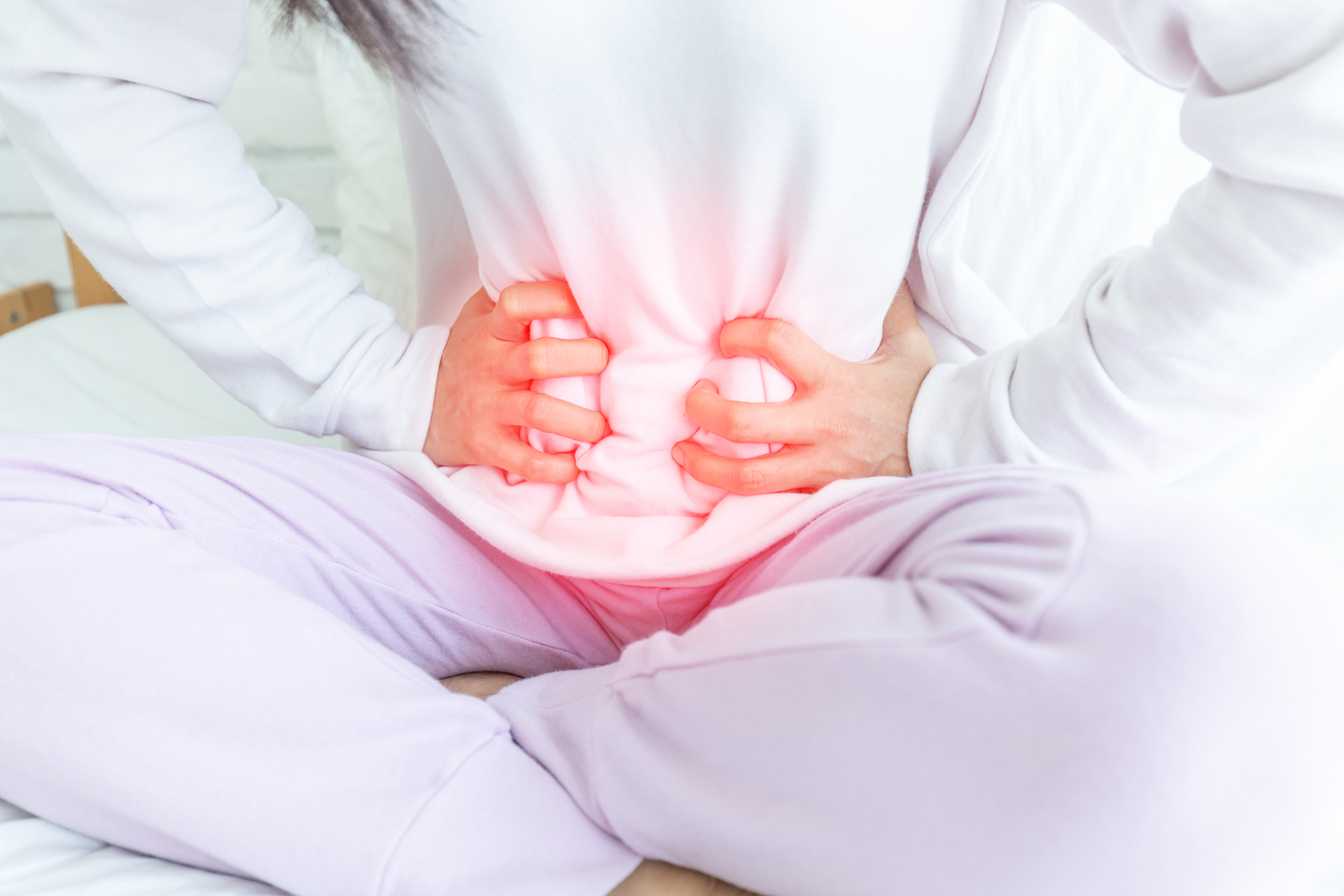Treatment Options For The Prolapsed Bladder Condition
Treatment options for the prolapsed bladder condition
The bladder is a muscular sac located just behind the pubic bone, which stores urine. The front wall of the vagina supports the bladder in women, and it weakens or loosens with age. If it continues to deteriorate, it can lead to a prolapsed bladder or fallen bladder condition. This article aims to improve your knowledge about prolapsed bladder, fallen bladder symptoms, causes, and its viable treatments.

What is bladder prolapse?
- Bladder prolapse or fallen bladder refers to the condition wherein the bladder bulges into the front wall of the vagina.
- It happens because of the loosening and weakening of the front wall that supports the bladder in women.
- The fallen bladder makes its way down into the vagina.
- In severe cases, the prolapsed bladder can even protrude from the vaginal opening.
What are the four grades of prolapsed bladders?
Depending on how far the fallen bladder sags, prolapsed bladders are divided into these following four grades:
- Grade 1 : It is a mild form wherein only a small portion of the bladder droops into the vagina and requires a simple fallen bladder – treatment.
- Grade 2 : A moderate condition wherein the bladder sags and reaches the opening of the vagina.
- Grade 3 : It is considered severe, as the bladder protrudes from the body through the vaginal opening.
- Grade 4 : It refers to a prolapsed bladder that completely protrudes outside the vagina. Grade 4 is usually associated with other forms of pelvic organ prolapse.
What causes a prolapsed bladder?
The following are the possible causes of bladder prolapse in women:
- Chronic strain : Anything that causes strain on the muscles of the pelvic floor can cause bladder prolapse. This includes lifting heavy objects, straining during bowel movements, long-term constipation, and heavy coughing.
- A normal delivery : This is the most common factor underlying a fallen bladder in women, as vaginal delivery stretches the pelvic floor. The risk is higher if labor was a prolonged process, delivery was assisted by forceps or ventouse, the baby was large, or if the woman has had multiple deliveries.
- Menopause : Estrogen helps maintain the strength and health of the vaginal muscles. Women stop producing this hormone post menopause, which can also be a cause of a fallen bladder condition.
- Previous pelvic surgery : Surgeries such as the removal of the uterus increase the chances of a fallen bladder in women.
- Aging and obesity : Pelvic muscles become weak as women age, and obesity enhances the risk of bladder prolapse and the need for an appropriate fallen bladder – treatment.
What are the symptoms of a prolapsed bladder?
- A constant feeling of pressure in the vagina or bladder
- A palpable bulge in the vagina
- Discomfort in the pelvic region
- Pain in the lower abdomen while sitting
- Difficulty in urinating
- Tissue, sometimes bleeding tissue, protruding from the vagina
- Incomplete voiding, which is a feeling that the bladder is not empty after urinating
- Painful intercourse
- Frequent bladder infections
- Lower back pain
What are the best treatment options for a fallen bladder?
Depending on the symptoms and the severity of the condition, the following are fallen bladder – treatment options that can help:
- Mild cases : A mild case of bladder prolapse with no symptoms requires a few lifestyle changes that prevent the condition from getting worse. These include weight loss, constipation management, posture correction in the toilet, treatment of a chronic cough, and not lifting heavy objects.
- Moderate cases : Pelvic floor exercises serve as ideal fallen bladder – treatment options for most of the moderate cases. The pessary may be used in some cases to support the bladder. It is a prosthetic device inserted into the vagina to reduce protrusion. It is suitable for women of all ages, and especially for those who wish to delay or avoid surgery.
- Severe cases : Surgery is an ideal fallen bladder – treatment for a severe case. Depending on the combination of prolapse and urinary tract symptoms, different techniques are used. Recovery post surgery takes a minimum of six weeks, and the patient requires ample rest. One should not lift anything heavy or indulge in strenuous activities until the tissue heals and regains strength.


